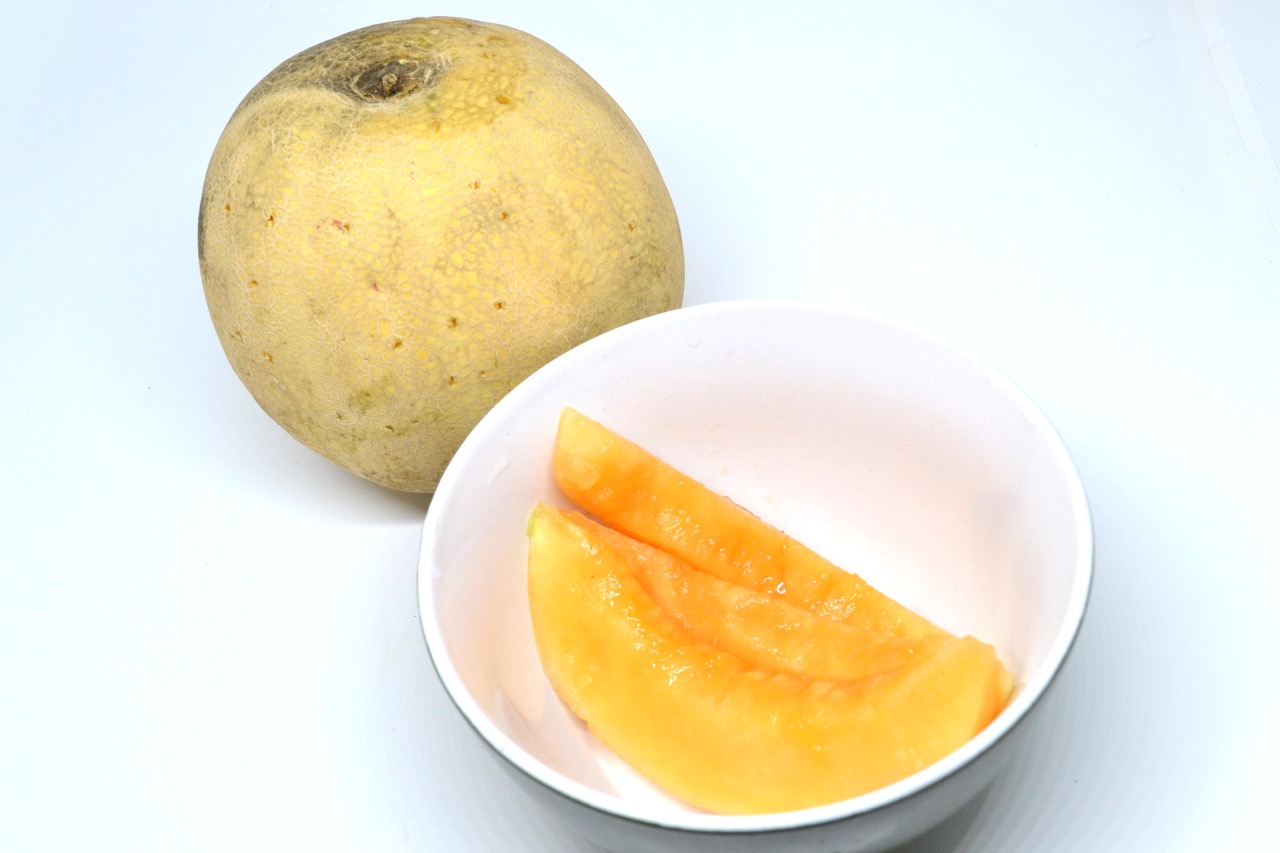

Articles
How To Store Melons
Modified: December 7, 2023
Learn the best methods for storing melons to preserve their freshness and flavor. Read articles to prevent spoilage and extend their shelf life.
(Many of the links in this article redirect to a specific reviewed product. Your purchase of these products through affiliate links helps to generate commission for Storables.com, at no extra cost. Learn more)
Introduction
When it comes to enjoying the sweet and refreshing taste of melons, it’s important to know how to store them properly. Whether you’re buying watermelons, cantaloupes, or honeydews, understanding the best ways to store them will help you preserve their flavor, texture, and juiciness for longer periods of time.
Proper storage not only ensures that your melons stay fresh and delicious, but it also helps prevent spoilage and waste. In this article, we’ll walk you through the process of storing melons, whether they are whole or cut. We’ll also provide some tips for long-term storage and freezing, so you can enjoy melons all year round.
So, if you’re ready to learn the secrets of storing melons like a pro, let’s dive in!
Key Takeaways:
- Keep melons at room temperature, away from direct sunlight, to maintain their freshness. Handle them gently and store separately from other fruits to prevent premature ripening.
- Refrigerate cut melons promptly in airtight containers and consume within 3-4 days for optimal freshness. Consider blanching before freezing to preserve color and texture.
Read more: How To Store Honeydew Melon
Choosing Ripe Melons
Before you even start thinking about storing melons, it’s essential to select ripe ones. Choosing ripe melons will ensure that they have the best flavor and texture. Here are some tips to help you pick the perfect melon:
- Look for a symmetrical shape: A perfectly ripe melon will have a uniform shape and not have any lumps or irregularities.
- Check the skin: The skin should have a rich, vibrant color that is consistent all over. Avoid melons with dull or pale patches.
- Press the ends: Press your fingers on the ends of the melon. If it gives a little, it indicates that the fruit is ripe.
- Smell it: Give the melon a good sniff near the stem end. Ripe melons will have a sweet, fragrant aroma.
- Weight: A ripe melon should feel heavy for its size, indicating that it is juicy.
By following these tips, you can ensure that you bring home ripe and delicious melons that are ready to be enjoyed. Now that you’ve chosen your melons, let’s move on to the next step – storing them properly!
Storing Whole Melons
When it comes to storing whole melons, the goal is to maintain their freshness and prevent them from spoiling too quickly. Follow these steps to store your whole melons properly:
- Keep them at room temperature: Whole melons are best stored at room temperature, away from direct sunlight. Find a cool and well-ventilated spot, such as a pantry or kitchen counter.
- Avoid refrigerating uncut melons: While refrigeration can extend the shelf life of some fruits, it is not ideal for whole melons. Cold temperatures can affect the flavor and texture of the melon, making it less enjoyable to eat.
- Handle with care: Be gentle when moving and handling the melons to avoid any bruises or damage. Even slight injuries can contribute to faster spoilage.
- Separate from other fruits: Melons release a natural gas called ethylene as they ripen. This gas can accelerate the spoilage of other nearby fruits. Therefore, it’s best to store melons away from other fruits.
By following these storage tips, you can enjoy ripe and delicious whole melons for several days. Remember to consume them before they become overripe or soft to ensure the best taste and texture.
Storing Cut Melons
When it comes to storing cut melons, the key is to maintain their freshness and prevent them from drying out. Here are some steps to help you store your cut melons properly:
- Refrigerate promptly: Once you’ve cut open a melon, it’s important to refrigerate it promptly to slow down the spoilage process. Place the cut melon pieces in an airtight container or wrap them tightly in plastic wrap.
- Label and date: If you’re storing different types of cut melons, be sure to label the containers with the type and date. This will help you keep track of their freshness.
- Consume within a few days: Cut melons will typically stay fresh in the refrigerator for about 3-4 days. It’s best to consume them within this time frame to ensure the best taste and texture.
- Store in a separate compartment: If possible, store the cut melons in a separate compartment in the refrigerator to prevent cross-contamination with other foods.
- Keep them away from strong odors: Cut melons can absorb strong odors from other foods in the refrigerator. To avoid any flavor transfer, make sure to store them away from pungent foods like onions or garlic.
By following these guidelines, you can enjoy freshly cut melons for several days without compromising their taste and quality. Just remember to consume them within a reasonable timeframe to ensure the best eating experience.
Store melons at room temperature until they are ripe, then refrigerate to slow down ripening process. Keep whole melons at room temperature for up to 5 days, and refrigerate for up to 2 weeks. Cut melons should be stored in the refrigerator and consumed within 3-4 days.
Freezing Melons
If you have a surplus of melons or want to enjoy their refreshing taste during the off-season, freezing them is a great option. Here’s how you can freeze melons:
- Prepare the melons: Start by washing the melons thoroughly and removing the rind and seeds. Cut the melons into small, bite-sized pieces or use a melon baller to create round portions.
- Blanching (optional): Blanching the melons before freezing can help preserve their color, texture, and nutrients. To blanch, quickly plunge the melon pieces into boiling water for a couple of minutes, followed by an immediate ice bath to stop the cooking process.
- Drain and dry: After blanching or if you choose to skip this step, drain the melon pieces and pat them dry with a paper towel. Excess moisture can lead to the formation of ice crystals, affecting the quality of the frozen melons.
- Pack for freezing: Arrange the melon pieces in a single layer on a baking sheet or tray lined with parchment paper. This will prevent them from sticking together during freezing. Place the tray in the freezer for a couple of hours or until the melons are firm.
- Transfer to freezer bags: Once the melon pieces are firm, transfer them to freezer-safe bags, removing any excess air from the bags. Label the bags with the date and type of melon for easy identification.
- Store in the freezer: Place the bags of melon in the freezer, ensuring they are laying flat to save space and prevent freezer burn. They can be stored for up to 6 months.
Frozen melons can be enjoyed as a cold, refreshing snack or used in smoothies, sorbets, or fruit salads. While the texture may slightly change after freezing, the flavor and juiciness will still be present, allowing you to enjoy the taste of melons even when they are out of season.
Read more: How To Store Bitter Melon
Tips for Long-Term Storage
If you’re looking to store melons for an extended period of time, whether you have a bountiful harvest or want to take advantage of a great deal, here are some tips for long-term storage:
- Choose the right varieties: Certain melon varieties have better storage capabilities than others. Look for melon varieties that are known for their long shelf life, such as winter melons or varieties specifically bred for storage.
- Harvest at the right time: When harvesting melons from your garden, make sure to pick them at their peak ripeness. Harvesting them too early or too late can lead to flavor and texture issues during storage.
- Clean and sanitize: Before storing melons for the long term, it’s essential to clean them thoroughly and remove any dirt or debris. You can gently scrub the outer surface with water and a mild detergent. Rinse them well and allow them to dry completely before storage.
- Optimize storage conditions: The key to long-term storage is providing the right storage conditions. This usually involves maintaining a cool and humid environment. Aim for temperatures between 45-55°F (7-13°C) and humidity levels between 80-90%. You can achieve this by storing melons in a cool basement, cellar, or root cellar.
- Inspect regularly: Periodically check your stored melons for any signs of spoilage or rot. Remove any affected melons immediately to prevent further contamination. Inspecting the melons regularly can help you identify potential issues early on.
By following these tips, you can extend the shelf life of your melons and enjoy their fresh and juicy flavors for an extended period.
Conclusion
Knowing how to properly store melons is essential for enjoying their sweet and refreshing flavors to the fullest. Whether you’re storing whole melons, cut melons, or freezing them for later use, following the right techniques will help preserve their taste, texture, and nutritional value.
Remember to choose ripe melons when purchasing and handle them with care to prevent any damage or bruising. Store whole melons at room temperature away from direct sunlight, keeping them separate from other fruits to prevent premature ripening. When it comes to cut melons, refrigerate them promptly in airtight containers, consuming them within a few days for optimal freshness.
If you have excess melons or want to enjoy them outside of their normal growing season, freezing them can be an excellent option. Blanching the melons before freezing can help maintain their color and texture, ensuring a pleasant eating experience when thawed.
For long-term storage, choose varieties with good storage capabilities, harvest at the right time, clean the melons thoroughly, and store them in a cool and humid environment. Regularly inspect the stored melons to remove any spoiled ones and prevent further contamination.
By following these tips and techniques, you can extend the shelf life of your melons and continue to enjoy their delicious flavors and nutritional benefits. So, the next time you find yourself with a juicy melon, you’ll know exactly how to store it properly and make the most of this delightful fruit.
Frequently Asked Questions about How To Store Melons
Was this page helpful?
At Storables.com, we guarantee accurate and reliable information. Our content, validated by Expert Board Contributors, is crafted following stringent Editorial Policies. We're committed to providing you with well-researched, expert-backed insights for all your informational needs.
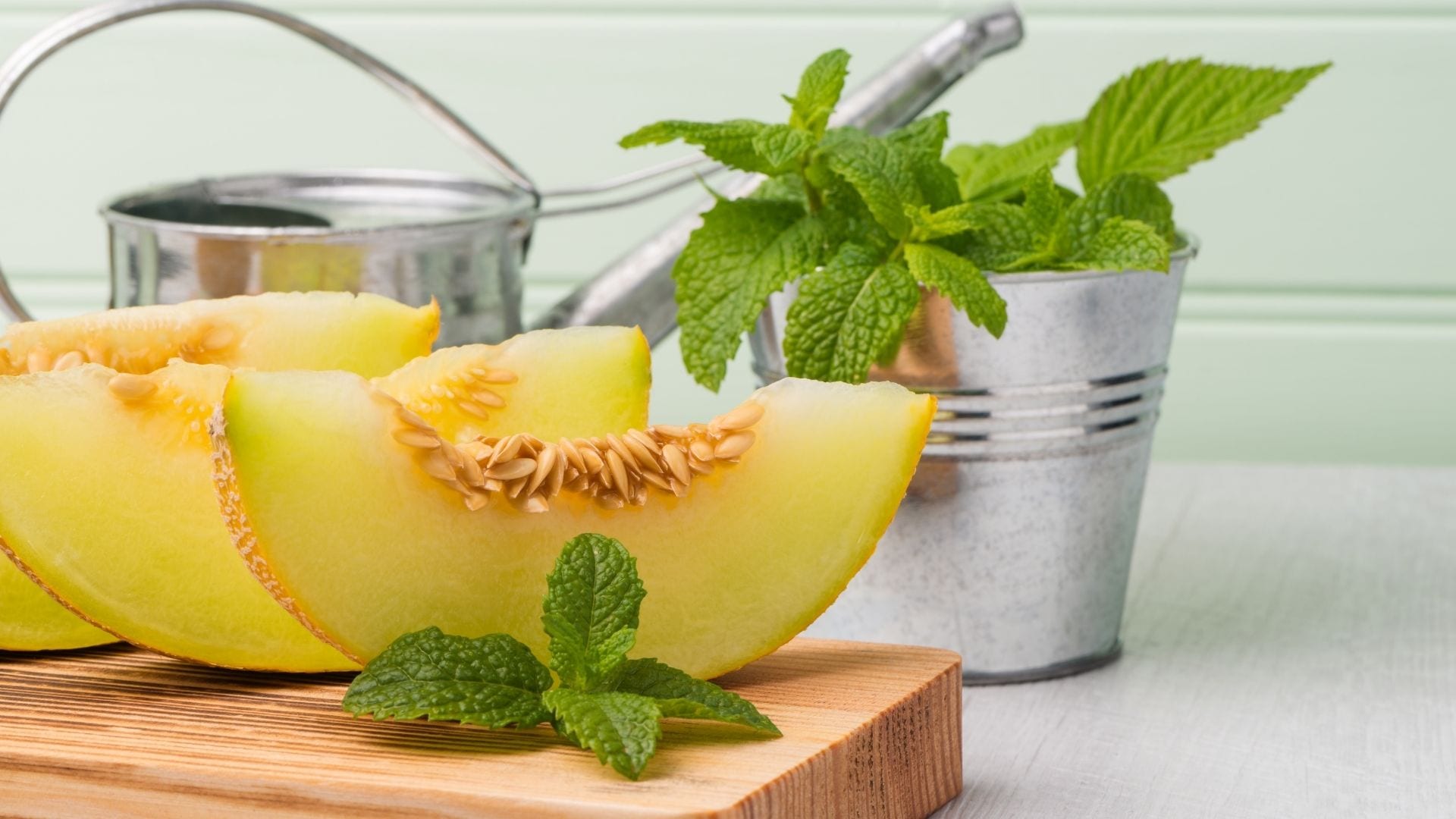
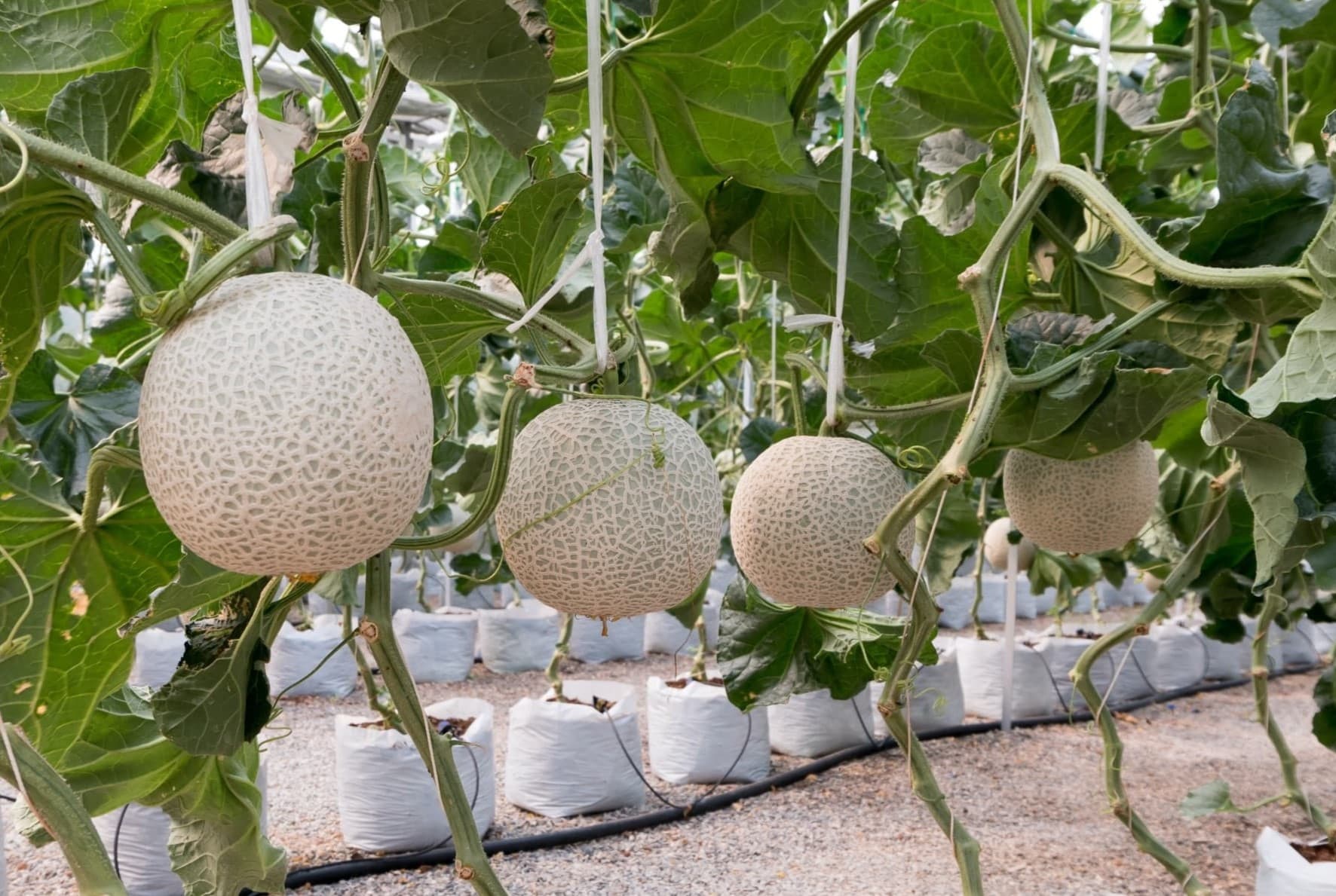
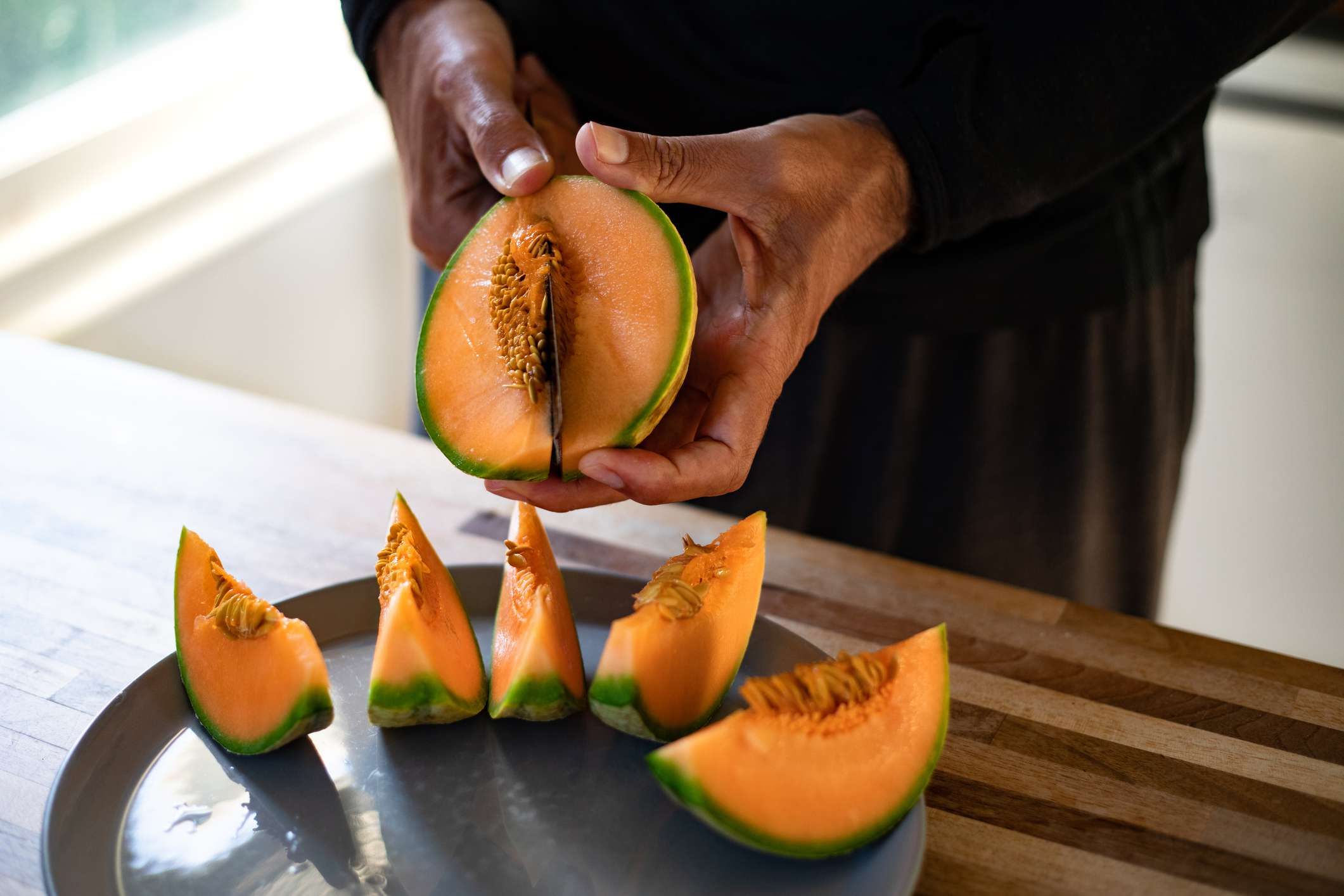


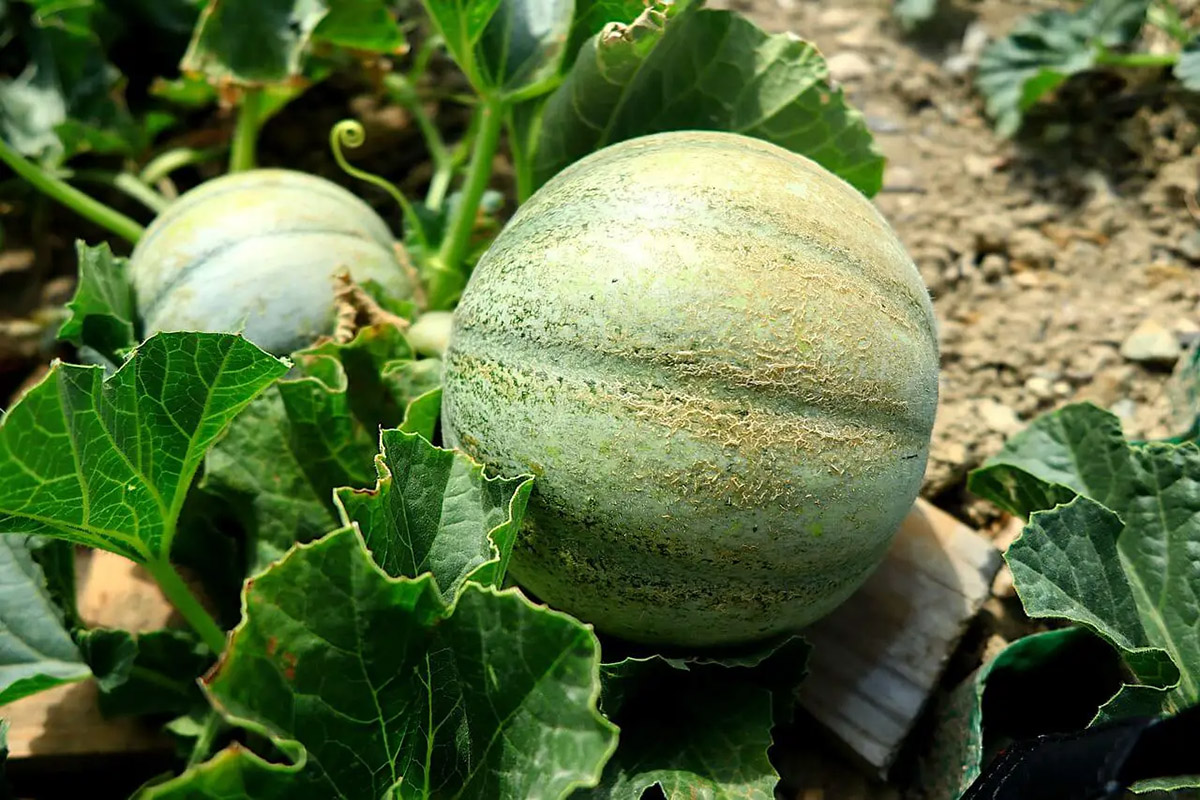



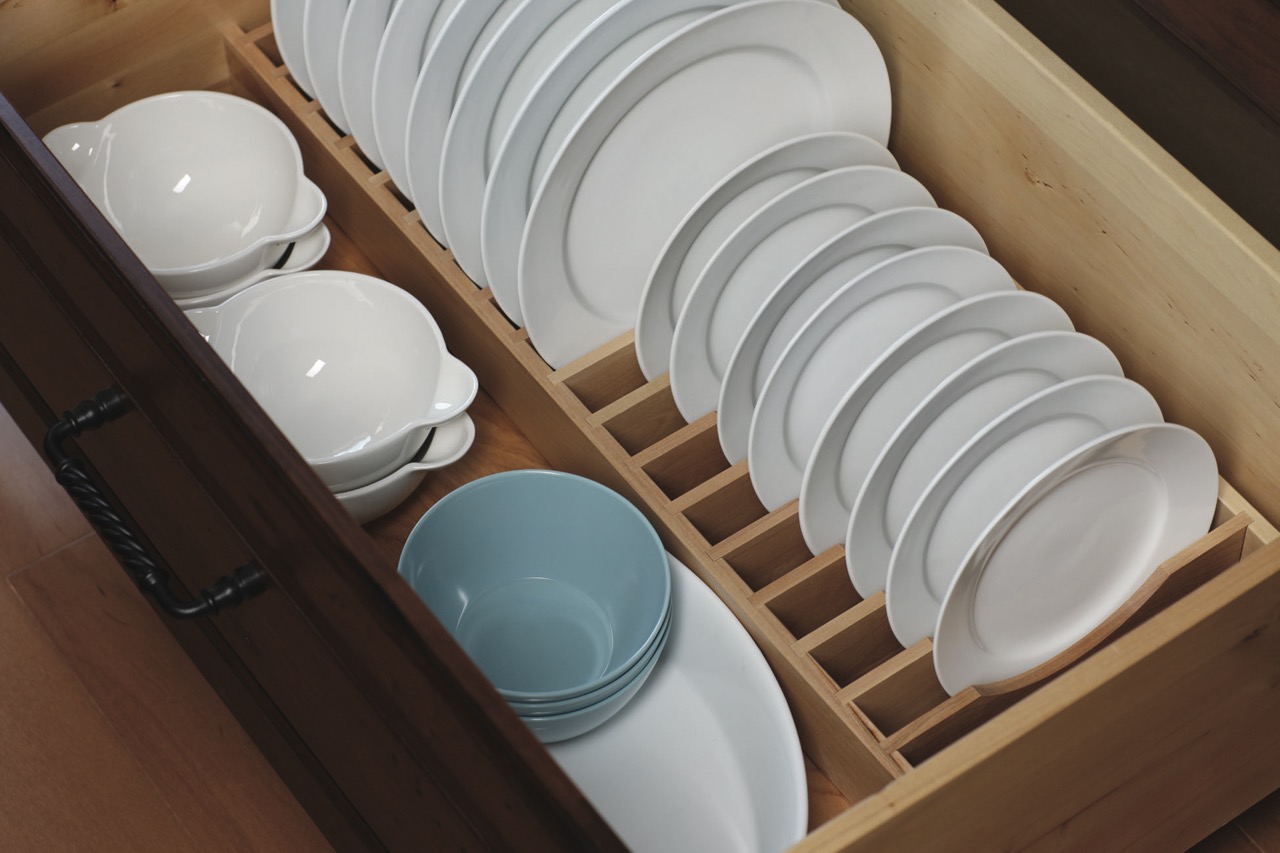
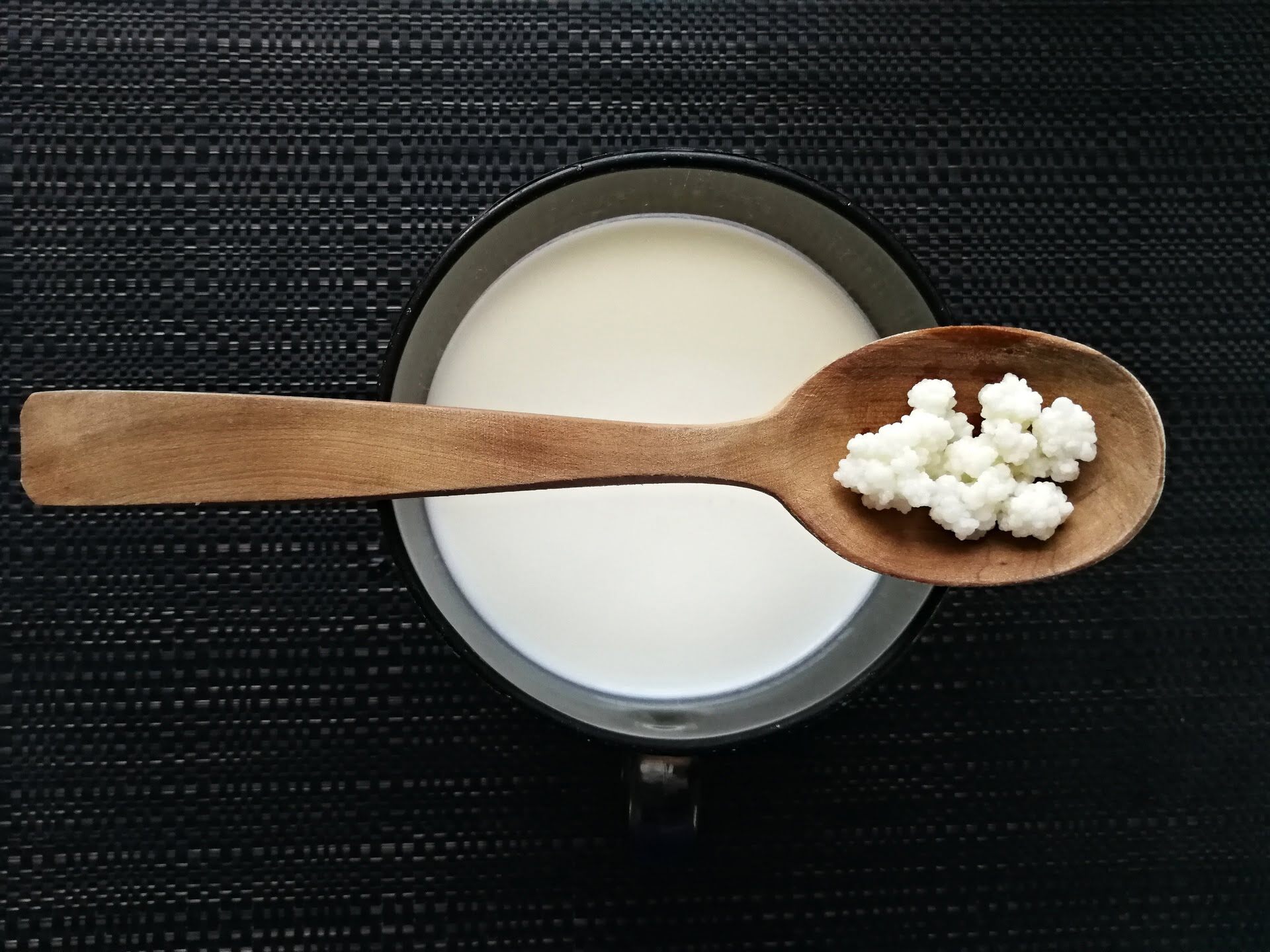




0 thoughts on “How To Store Melons”